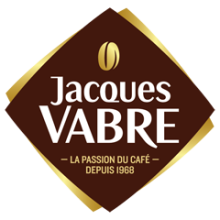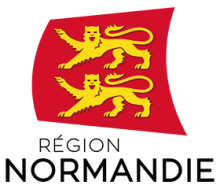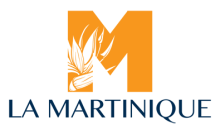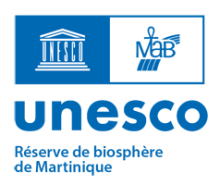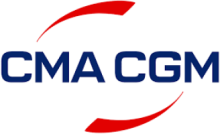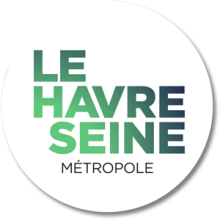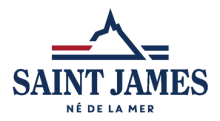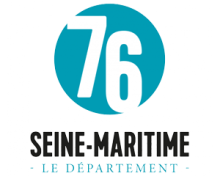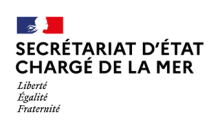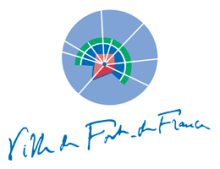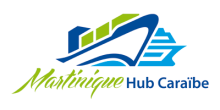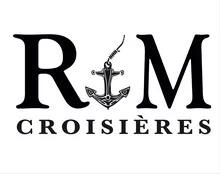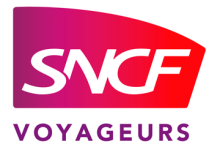By getting always that little bit closer to where the coffee comes from and the men who grow it, Jacques Vabre has innovated and is committed to developing more sustainable and responsible coffees.
A genuine precursor, Jacques Vabre created its range of Pure Origin coffees back in 1995, celebrating the special quality of the lands that provide historic coffees like Brazil or Kenya. Today, Jacques Vabre offers ten references, with origins that allow your senses to enjoy distant locations like Colombia and Honduras.
2023, THE COFFEE ROUTE FROM MARTINIQUE
In 1993, along with the city of Le Havre, Jacques Vabre created the Transat Jacques Vabre: homage to the shipping routes taken by sailing vessels as long ago as the 17th Century from France to reach the coffee plantations on the other side of the Atlantic. A real endeavour, rewarding performance while respecting the ecosystem, it is today recognised as the longest and the most demanding transatlantic race. Paying particularly close attention to respecting the environment and the Men, the Transat Jacques Vabre is on its way in the years to come to be the most eco-friendly sailing race.
This thirtieth anniversary edition will take the skippers to Martinique on the original coffee route. As long ago as 1720, Arabica Typica coffee plants originating from Louis XIV’s private gardens were imported for the first time and then grown in Martinique until 1800. These plants were then imported to South America and throughout the Caribbean, contributing to the development of coffee growing that we have seen ever since in those regions.
SUPPORTING A COFFEE THAT IS 100% FRENCH
Since 2021 and the finish of the Transat Jacques Vabre in Martinique, the Jacques Vabre brand has joined the Martinique Region Natural Park and the Agricultural Research Centre for International Development to ensure the reintroduction and sustainability of growing Arabica Typica coffee on the island.
That is why Jacques Vabre is working alongside 20 coffee producers on four major themes:
- 1. Training to grow coffee that is well suited to the land: managing the soil, the climate, post-harvesting techniques. An agricultural researcher from the Martinique Region Natural Park visited Honduras and met a Jacques Vabre coffee expert and producers to talk about the best practices for growing coffee and thus encouraging the handing down of skills to producers in Martinique.
- 2. The improvement of the land to allow these crops to develop, with for example the plantation in 2023 of trees offering shade and surface cover plants.
- 3. The renewal of the coffee plants. In 2023, 3500 new coffee plants with a suitable plant profile were distributed to farming partners to renew the existing plantations after several months of growth in the nurseries at the Martinique Region Natural Park.
- 4. The fight against disease and pests, with the establishment of green farming prevention techniques, meaning it is possible to avoid the use of pesticides (e.g. traps, adjusting the shade…)
In 2023, a new limited edition the Jacques Vabre Martinique coffee will be unveiled in Le Havre during the Transat Jacques Vabre. It will highlight a coffee that is 100% French and made from exceptional Arabica Typica beans, the result of two years of work alongside coffee producers in Martinique.
JACQUES VABRE COMMITTED TO A MORE RESPONSIBLE COFFEE
Moe generally, Jacques Vabre is committed to encouraging the sustainability of the land and encouraging equality between people, while supporting the prosperity of producers with its ‘I support my producers’ product range. For each packet of coffee that is bought, Jacques Vabre will offer 25 centimes to help with the development of concrete projects aimed at improving social and environmental conditions in the plantations in Peru, Honduras and of course Martinique.

















